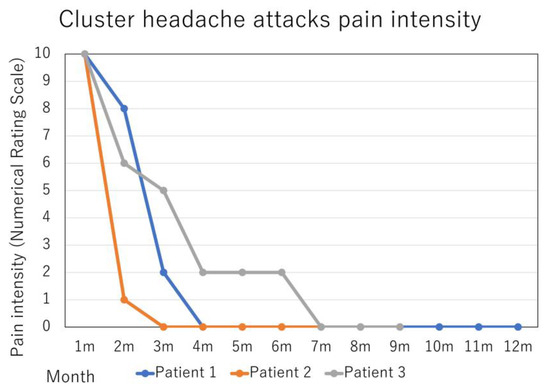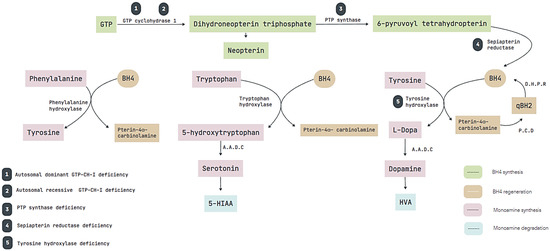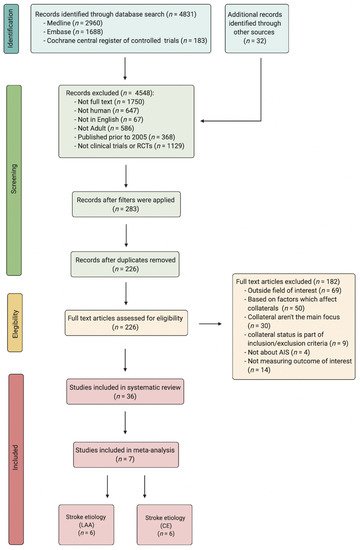Brain Health Initiative: Advocacy in Global Neurology
A topical collection in Neurology International (ISSN 2035-8377).
Viewed by 15016Editors
Interests: stroke; neuroimmunology; Covid19; migraine; Parkinson’s disease; education; advocacy
Special Issues, Collections and Topics in MDPI journals
Interests: mental health; neuropsychology; methodology; statistics
Topical Collection Information
Dear Colleagues,
Neurological disorders are the leading cause of disability worldwide. Stroke, headache disorders, traumatic brain injuries, and neuroinfections lead to 80% of the deaths in low- to middle-income countries worldwide, as discussed at the 73rd World Health Assembly (WHO), December 2020. There are significant gaps in many issues ( lack of equity, lack of access to medications and services, lack of neurologists, lack of opportunities to training and education, stigma, poor health literacy, to name a few) related to the disorders affecting the nervous system, making this aspect an important priority for the global neurology community.
It is worth noting that nearly 90% of neurological disorders, such as stroke, can be prevented. Prevention is clearly better than cure. The mental health impact of neurological diseases is immense, and clear mental health action plans are needed in most situations.
How can we advocate for universal health coverage?
What can we do to mitigate the long-term effect of COVID-19, such as Post COVID-19 Neurological Syndrome?
Advocacy is key to many of these aspects. We invite you to submit your local, regional, national, and international advocacy work concerning brain health now. We welcome submissions from academics, clinicians, policymakers, political leaders, and students from various inter-disciplines to the Special Issue “Brain Health Initiative: Advocacy in Neurology”.
Prof. Dr. Tissa Wijeratne
Dr. Leila Karimi
Dr. Dilani Wijeratne
Collection Editors
Manuscript Submission Information
Manuscripts should be submitted online at www.mdpi.com by registering and logging in to this website. Once you are registered, click here to go to the submission form. Manuscripts can be submitted until the deadline. All submissions that pass pre-check are peer-reviewed. Accepted papers will be published continuously in the journal (as soon as accepted) and will be listed together on the collection website. Research articles, review articles as well as short communications are invited. For planned papers, a title and short abstract (about 100 words) can be sent to the Editorial Office for announcement on this website.
Submitted manuscripts should not have been published previously, nor be under consideration for publication elsewhere (except conference proceedings papers). All manuscripts are thoroughly refereed through a single-blind peer-review process. A guide for authors and other relevant information for submission of manuscripts is available on the Instructions for Authors page. Neurology International is an international peer-reviewed open access semimonthly journal published by MDPI.
Please visit the Instructions for Authors page before submitting a manuscript. The Article Processing Charge (APC) for publication in this open access journal is 1600 CHF (Swiss Francs). Submitted papers should be well formatted and use good English. Authors may use MDPI's English editing service prior to publication or during author revisions.
Keywords
- Brain health
- Global Neurology
- Disability
- Prevention











